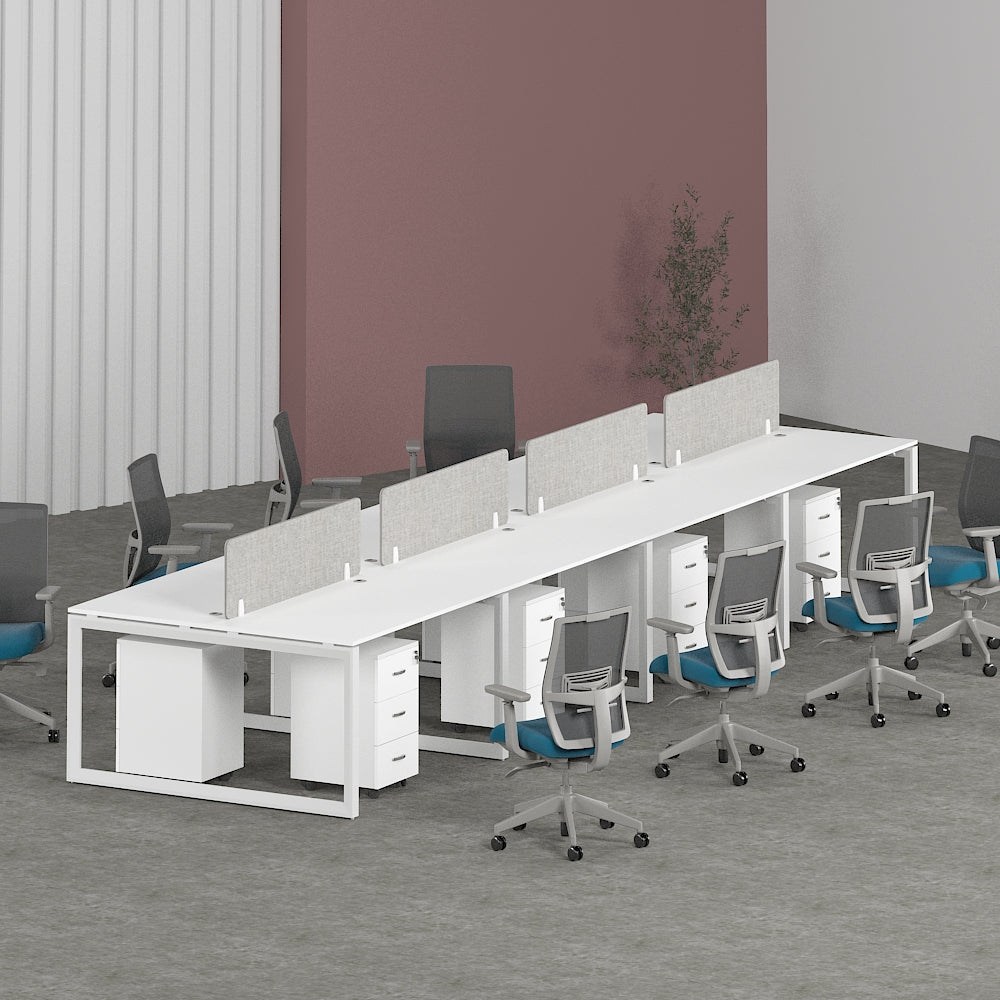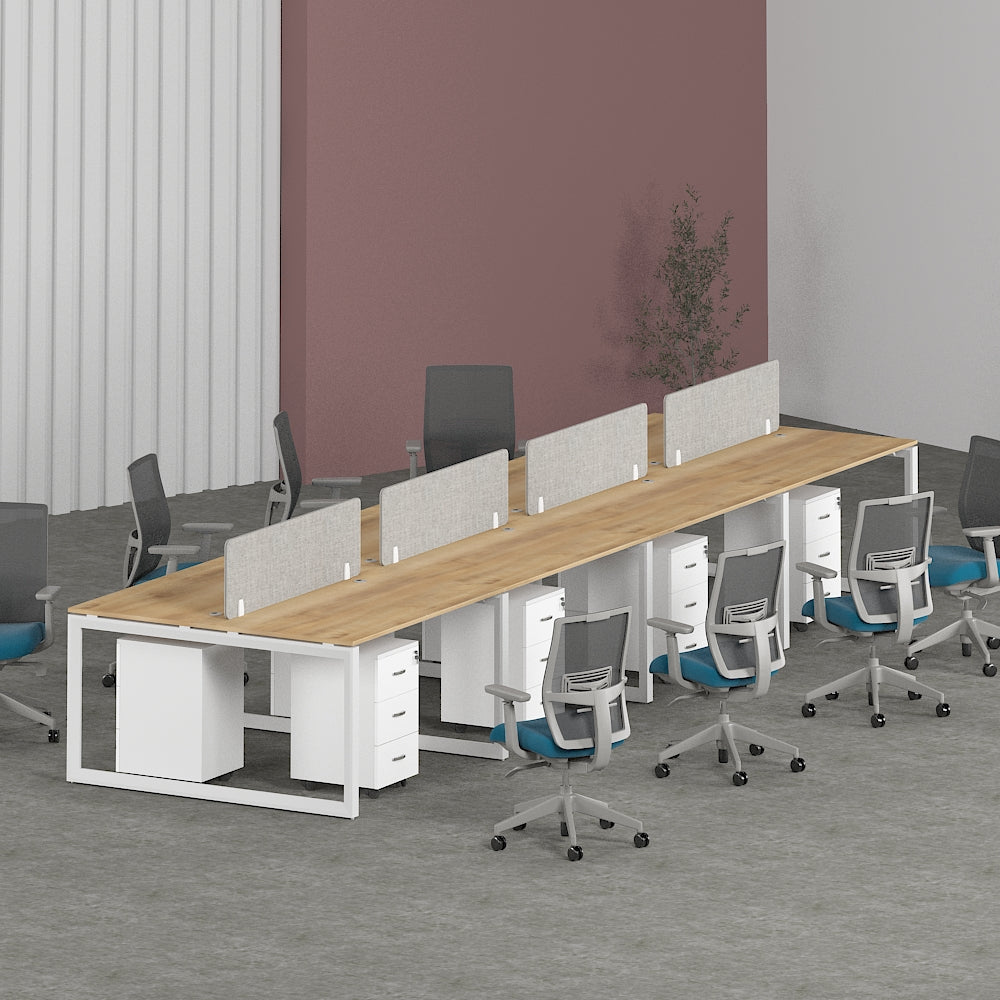Mistakes We Make While Relocating Office
Relocating an office can be a complex endeavor, fraught with potential missteps that can disrupt business operations and incur unnecessary costs. Here are some of the most common mistakes businesses make when moving their offices and how to avoid them.
1. Lack of Planning
One of the biggest mistakes companies make when relocating their office is failing to plan adequately. This can manifest in various ways, such as underestimating the time required for the move or not creating a comprehensive plan that outlines every aspect of the relocation process.
Underestimating the Time Required
Moving an entire office takes time, often more than initially anticipated. From packing up equipment and furniture to coordinating with movers and setting up the new space, there are numerous tasks that need to be completed. Underestimating the time required can lead to rushed decisions and last-minute scrambling, increasing the likelihood of mistakes.
Failing to Create a Comprehensive Plan
A detailed plan is essential for a smooth office relocation. This should include timelines, responsibilities, and contingency measures for unexpected challenges. Without a comprehensive plan in place, important tasks may be overlooked, leading to delays and disruptions.
2. Ignoring Budget Constraints
Another common mistake is ignoring budget constraints when planning an office move. Businesses may fail to account for hidden costs or overspend on unnecessary expenses, putting a strain on financial resources.
Not Accounting for Hidden Costs
Office relocations often come with hidden costs that can quickly add up. These may include expenses for temporary storage, equipment upgrades, or unforeseen repairs. Failing to account for these costs in the budget can lead to budget overruns and financial strain.
Overspending on Unnecessary Expenses
While it's important to invest in a smooth relocation process, overspending on unnecessary expenses can be detrimental to the company's finances. Businesses should carefully evaluate their needs and prioritize spending on essential items while cutting back on non-essential expenses.
3. Neglecting Communication
Effective communication is key to a successful office relocation, both internally and externally. Neglecting communication can lead to confusion, frustration, and missed opportunities to address concerns.
Poor Internal Communication
Employees need to be kept informed and involved throughout the relocation process. This includes regular updates on timelines, responsibilities, and any changes that may affect their work. Poor internal communication can lead to resistance, morale issues, and decreased productivity.
Inadequate External Communication
In addition to internal communication, businesses must also communicate effectively with external stakeholders such as clients, customers, vendors, and suppliers. This ensures minimal disruption to business operations and maintains positive relationships with key partners.
4. Not Hiring Professional Help
Some businesses make the mistake of attempting to handle the entire relocation process internally, without seeking professional assistance. This can lead to logistical challenges, inefficiencies, and increased risk of damage to equipment and property.
DIY Moving Mistakes
Attempting to move an office without professional help can be a recipe for disaster. From improper packing techniques to inadequate transportation arrangements, there are numerous pitfalls that businesses may encounter. Hiring experienced movers can help mitigate these risks and ensure a smooth transition.
Hiring Inexperienced Movers
Not all moving companies are created equal, and hiring the wrong one can be costly. Businesses should thoroughly research and vet potential movers to ensure they have the necessary experience, expertise, and insurance coverage. Cutting corners on moving costs may seem tempting, but it can ultimately lead to more significant expenses and headaches down the line.
5. Inadequate Space Planning
Proper space planning is essential for maximizing efficiency and productivity in the new office environment. Businesses may make the mistake of underestimating their space needs or overlooking crucial aspects of layout and design.
Underestimating Space Needs
A common mistake during office relocations is underestimating the amount of space required for operations. Businesses should carefully assess their current and future needs, taking into account factors such as workforce growth, equipment upgrades, and changes in workflow. Failure to accurately estimate space needs can result in cramped quarters, decreased productivity, and the need for costly renovations or expansions down the line.
Overlooking Layout and Design
The layout and design of the office space can have a significant impact on employee satisfaction and productivity. Businesses should consider factors such as workstation ergonomics, collaborative spaces, and natural light when planning the new office layout. Overlooking these aspects can lead to inefficiencies, discomfort, and dissatisfaction among employees.
6. Failing to Inform Stakeholders
Relocating an office affects more than just the employees directly involved in the move. Businesses must also consider the impact on external stakeholders such as clients, customers, vendors, and suppliers. Failing to inform these parties in a timely and transparent manner can lead to confusion, frustration, and potential loss of business.
Clients and Customers
Businesses should communicate with clients and customers well in advance of the move to minimize disruption to service. This may include notifying clients of changes to contact information, delivery schedules, or service availability. Clear and timely communication helps maintain trust and confidence in the business relationship.
Vendors and Suppliers
Similarly, businesses should communicate with vendors and suppliers to ensure a smooth transition during the relocation process. This may involve updating shipping and billing information, coordinating deliveries, or adjusting order quantities to account for potential delays. Open lines of communication help prevent supply chain disruptions and minimize the impact on operations.
7. Poor IT Infrastructure Planning
In today's digital age, a reliable IT infrastructure is essential for business operations. Unfortunately, some businesses make the mistake of neglecting IT needs during the relocation process, leading to costly downtime and potential data loss.
Neglecting IT Needs
Relocating office technology requires careful planning and coordination to ensure a seamless transition. Businesses should assess their IT infrastructure and identify any equipment or systems that need to be relocated, upgraded, or replaced. This includes computers, servers, networking equipment, and telecommunications systems. Neglecting IT needs can result in extended downtime, lost productivity, and compromised data security.
Inadequate Backup and Security Measures
Data loss and security breaches are serious risks during office relocations, especially if proper backup and security measures are not in place. Businesses should backup critical data before the move and implement robust security protocols to protect sensitive information during transit. This may include encryption, firewalls, and access controls to prevent unauthorized access or data breaches. Investing in IT infrastructure planning and security measures upfront can save businesses time, money, and headaches in the long run.
8. Disregarding Legal and Regulatory Requirements
Relocating an office involves navigating a maze of legal and regulatory requirements, from zoning and permitting issues to compliance with health and safety regulations. Businesses that disregard these requirements may face fines, penalties, or even legal action that can delay the move and damage the company's reputation.
Zoning and Permitting Issues
Before relocating to a new office space, businesses must ensure compliance with local zoning laws and obtain any necessary permits or approvals. This may involve zoning restrictions on commercial activities, building codes, or environmental regulations. Failure to address zoning and permitting issues can result in costly delays or even forced closure of the new location.
Compliance with Health and Safety Regulations
Employee safety should be a top priority during office relocations, and businesses must comply with all relevant health and safety regulations. This includes providing a safe work environment, conducting risk assessments, and implementing emergency procedures. Neglecting health and safety requirements can expose businesses to liability and put employees at risk of injury or illness.
9. Forgetting About Employee Needs
Amidst the chaos of an office relocation, it's easy for businesses to overlook the needs and concerns of their employees. Failing to involve employees in the decision-making process or address their concerns can lead to dissatisfaction, resentment, and decreased morale.
Lack of Employee Input
Employees are the lifeblood of any organization, and their input is invaluable during the relocation process. Businesses should seek feedback from employees regarding their preferences for the new office space, concerns about the move, and any accommodations they may require. Involving employees in the decision-making process helps foster a sense of ownership and engagement in the relocation process.
Not Addressing Employee Concerns
In addition to seeking input from employees, businesses must also address any concerns or issues that arise during the relocation process. This may include logistical concerns such as transportation or parking, as well as emotional concerns such as anxiety or stress about the move. Open and honest communication, as well as support from leadership, can help alleviate employee concerns and facilitate a smoother transition.
10. Ignoring the Importance of Timing
Timing is crucial when it comes to office relocations, yet some businesses make the mistake of choosing the wrong moving date or not allowing sufficient downtime for the transition.
Choosing the Wrong Moving Date
Picking the right moving date can significantly impact the success of an office relocation. Businesses should consider factors such as seasonal fluctuations in workload, industry events, and employee availability when scheduling the move. Choosing a date that minimizes disruption to business operations and allows sufficient time for preparation and transition is essential.
Not Allowing Sufficient Downtime
Transitioning to a new office space takes time, and businesses must allow for sufficient downtime to minimize disruptions to operations. This may involve temporarily suspending certain services or operations, adjusting project timelines, or staggering employee schedules to accommodate the move. Rushing the relocation process or trying to maintain full productivity during the transition can lead to burnout, mistakes, and decreased morale among employees.
11. Overlooking Post-Move Logistics
Once the move is complete, businesses must still contend with post-move logistics such as unpacking, settling in, and addressing any issues that arise.
Unpacking and Settling In
Unpacking and settling into the new office space can take time, especially if employees are still adjusting to the layout and amenities. Businesses should allocate resources and manpower to help facilitate the unpacking process and address any issues or concerns that arise. This may include setting up workstations, installing equipment, or troubleshooting technical issues.
Addressing Issues After the Move
Even after the move is complete, businesses may encounter unforeseen challenges or issues that need to be addressed. This could include problems with the new space, communication breakdowns, or logistical hiccups. Having a plan in place to handle post-move logistics and address issues as they arise can help minimize disruptions and ensure a smooth transition.
12. Underestimating Emotional Impact
Relocating an office can take a toll on employees emotionally, yet some businesses underestimate the impact this can have on morale and productivity.
Employee Morale and Productivity
Change can be unsettling, and office relocations are no exception. Employees may feel anxious, stressed, or disoriented during the transition, which can negatively impact morale and productivity. Businesses should acknowledge and address these emotions, providing support and reassurance to help employees navigate the changes effectively.
Leadership and Management Challenges
Office relocations also pose challenges for leadership and management teams, who must navigate the complexities of the move while maintaining morale and productivity among their teams. Effective communication, empathy, and strong leadership are essential for guiding employees through the transition and fostering a positive work environment.
13. Lack of Contingency Planning
No matter how well-planned an office relocation may be, there's always the potential for unexpected challenges or setbacks. Businesses that fail to have contingency plans in place may find themselves ill-equipped to handle these situations effectively.
Not Having Backup Solutions in Place
From logistical issues to technical glitches, there are countless scenarios that can derail an office relocation. Businesses should have backup solutions in place to address these challenges quickly and minimize disruptions to operations. This may include contingency plans for IT outages, alternative transportation arrangements, or temporary workspace solutions.
Failure to Adapt to Unexpected Challenges
Flexibility is key when it comes to office relocations, as unexpected challenges are bound to arise. Businesses that fail to adapt to these challenges quickly may find themselves struggling to keep up with the demands of the move. Having a proactive approach to problem-solving and the willingness to adjust plans as needed can help businesses navigate unforeseen obstacles and keep the relocation process on track.
14. Disregarding Brand Image
The way a business handles an office relocation can have a significant impact on its brand image and reputation. Companies that disregard brand consistency or fail to manage external perception during the move may risk damaging their reputation and losing the trust of customers and stakeholders.
Maintaining Brand Consistency
Consistency is key when it comes to brand image, and this extends to the office environment. Businesses should strive to maintain consistency in branding elements such as logos, colors, and messaging throughout the relocation process. This helps reinforce brand identity and ensures a cohesive experience for employees, clients, and visitors.
Managing External Perception
How a business presents itself during an office relocation can shape external perception and influence stakeholders' opinions. Businesses should be transparent and proactive in communicating with clients, customers, and the community about the move, addressing any concerns or questions that may arise. By managing external perception effectively, businesses can preserve trust and goodwill and minimize any negative impact on their brand reputation.
15. Not Evaluating the Move Afterward
Once the dust has settled and the office relocation is complete, it's essential for businesses to take the time to evaluate the move and learn from any mistakes or challenges encountered.
Learning from Mistakes
Every office relocation presents opportunities for learning and improvement. Businesses should conduct a thorough post-move evaluation to identify what went well, what didn't, and areas for improvement. This may involve gathering feedback from employees, assessing the effectiveness of planning and execution, and identifying lessons learned to apply to future relocations.
Continuous Improvement
Office relocations are rarely a one-time event, and businesses should strive for continuous improvement in their relocation processes. By applying lessons learned from previous moves and staying proactive in addressing challenges, businesses can streamline future relocations and minimize the risk of repeating past mistakes. Continuous improvement fosters resilience and adaptability, ensuring that businesses are better equipped to handle future changes and challenges.
Conclusion
Relocating an office is a significant undertaking that requires careful planning, coordination, and execution. By avoiding common mistakes such as lack of planning, ignoring budget constraints, and neglecting communication, businesses can ensure a smoother transition and minimize disruptions to operations. By learning from past mistakes and continuously improving their relocation processes, businesses can navigate future relocations with confidence and efficiency.
FAQs (Frequently Asked Questions)
1. How far in advance should we start planning for an office relocation?
Start planning for an office relocation at least six months to a year in advance to allow ample time for preparations and to minimize last-minute rush.
2. Should we hire professional movers for our office relocation?
Yes, hiring professional movers with experience in office relocations can help ensure a smoother transition and minimize the risk of damage or loss.
3. How can we keep employees informed and engaged during an office relocation?
Communicate regularly with employees, involve them in the decision-making process, and address their concerns and questions promptly to keep them informed and engaged throughout the relocation process.
4. What should we do if unexpected challenges arise during the office relocation?
Have contingency plans in place to address unexpected challenges quickly and minimize disruptions to operations. Stay flexible and proactive in problem-solving to keep the relocation process on track.
5. How can we maintain brand consistency during an office relocation?
Ensure consistency in branding elements such as logos, colors, and messaging throughout the relocation process to reinforce brand identity and maintain a cohesive experience for employees, clients, and visitors.












































